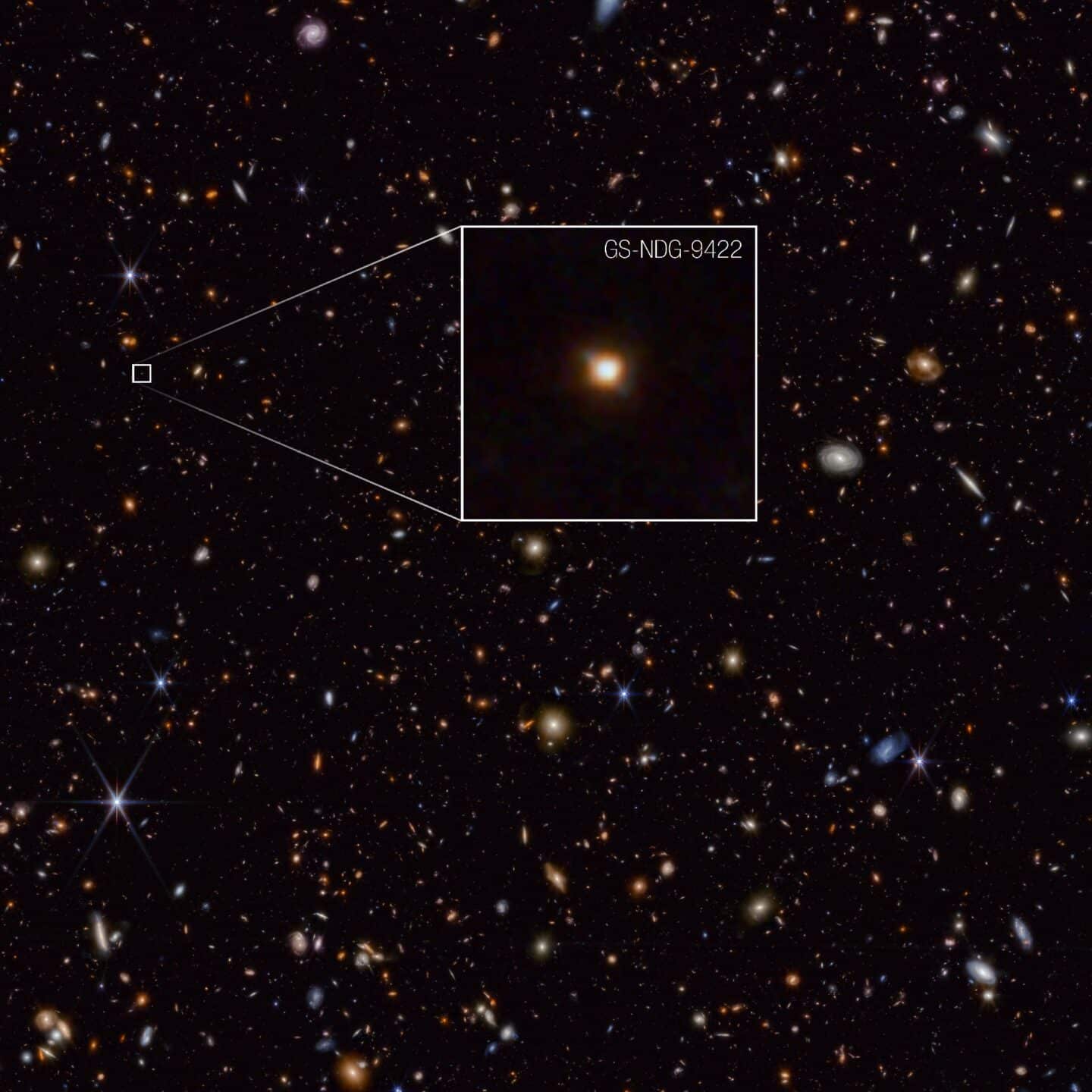
Using the James Webb Space Telescope, a team of researchers has spotted an unusual early galaxy with gas clouds that outshine its stars, providing a glimpse into a possible ‘missing link’ phase of galactic evolution. The research was published in a paper in Monthly Notices of the Royal Astronomical Society, with St Peter’s Research Associate Dr Aayush Saxena as one of the team of authors. Dr Saxena is part of the James Webb Space Telescope instrument team and works alongside the paper’s lead author and fellow observational astrophysicist Dr Alex Cameron at Oxford’s Department of Physics (sub-department of Astrophysics).
Dr Saxena said,
‘Discoveries like this galaxy are exactly why the Webb Telescope was built and launched, and we are routinely discovering these fun surprises in pretty much every new dataset that we collect. The prospects for transforming our understanding of how galaxies like our Milky Way formed and evolved are incredibly exciting in the coming years.’
You can learn more about the team’s research and its potential impact in this NASA article (written for a non-specialist audience). To access their research paper, click here.